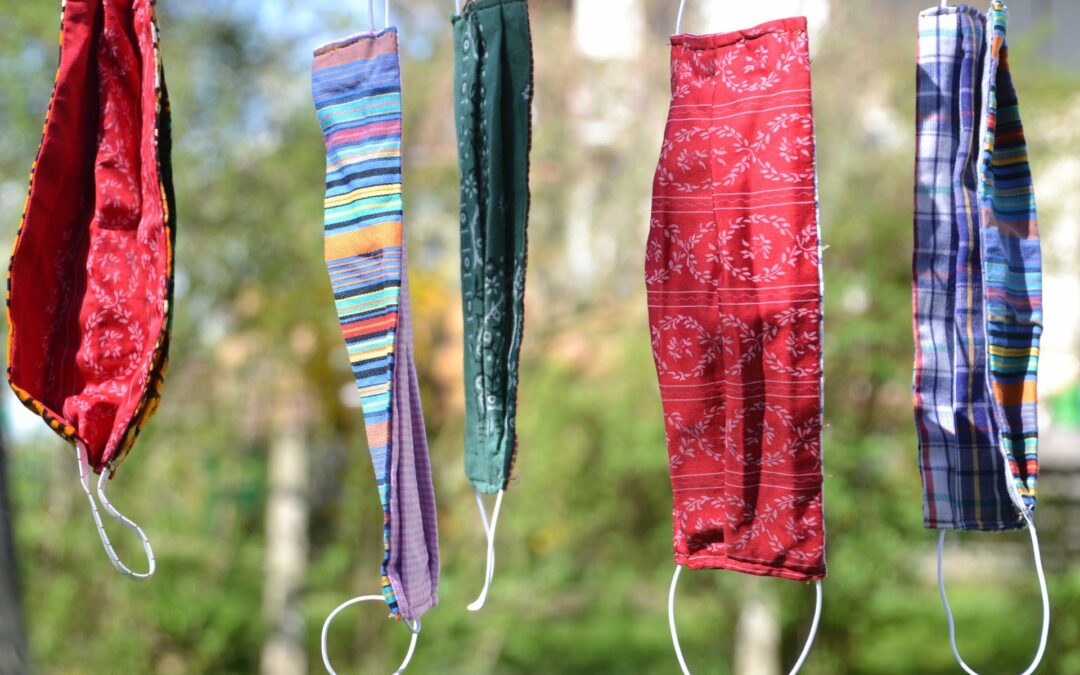Every week it feels like something changes when it comes to COVID, be it a new variant, a new spike, a new magic “cure,” or a new shot we all need. But recently, the news hasn’t just been about what’s new. Just last week, the CDC announced that reusable cloth masks aren’t as safe as respirator masks in certain situations. One study showed that fabric coverings can sometimes net as low as 5 percent of aerosolized particle
A primer on textile recycling
Recycling fabrics is not as simple as recycling plastics, glass, and paper, namely because most popular fabrics are a mix of things. There are natural fibers like cotton, wool, and linen and synthetics like polyester, nylon, and so on.
“Every fiber is not inherently good or bad, but you blend them together to have the right outcome for consumers in terms of how they want to wear their clothes,” says Alice Payne, an associate professor in fashion and program leader at the Centre for a Waste-Free World at Queensland University of Technology n Australia. This leads to a problem of collecting and separating these various fibers, Payne says, whether it’s a mask or an old piece of clothing.
[Related: The ultimate guide to reusing and buying N95 masks]
You can search for fabric-disposal locations with this Earth 911’s recycling solution tool, but the options tend to be few and far between. (The closest ones to my Brooklyn home are in New Jersey and are only open to residents of the community). You’ll also need to call the facility to check if they take used fabric masks.
“For the common person at a household level, the answer is simply toss it,” Dooley says.
But if you live in an apartment building, work in a big office, or have a community center that lots of folks come to on a regular basis, it may be worth it to invest in a TerraCycle fabric clothing box. While the receptacle costs $300 upfront, if you have enough people using it, you could get a bunch of masks from going in the trash.
What else can you do with cloth masks?
So, like with other waste, you might need to get creative to give it a second life. Old face coverings can make for great scraps for quilting, making doll clothing, or even fashioning a hamster-sized hammock. You can also look to some of the world’s most creative dress designers and sculpture artists for inspiration.
At the end of the day, any fabric masks you have that are still in good shape can make for a good second layer for COVID-risky measures like traveling or going to events. And who knows, with what the virus has shown us, another pandemic could creep up on us in the future—so having a backup stack isn’t a bad idea either.

